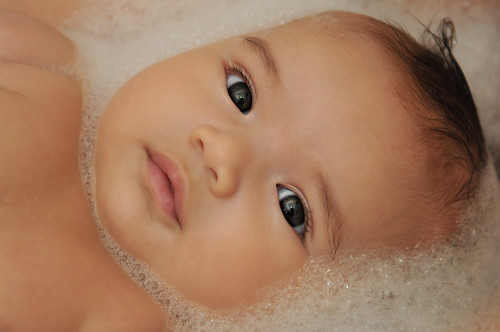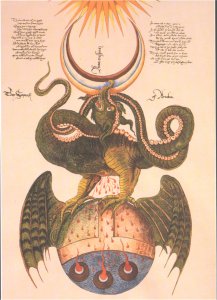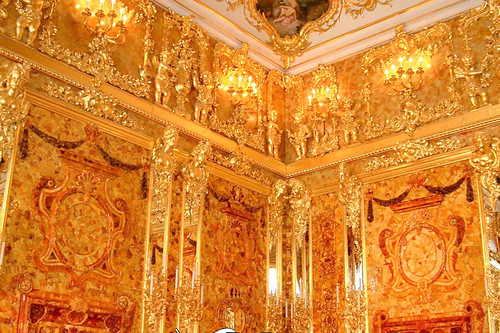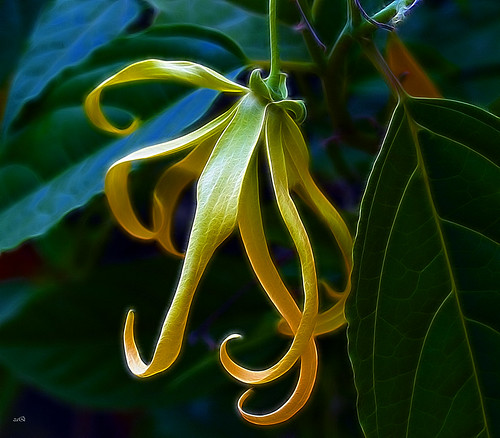I love all things that smell divine, and that includes a good bubble bath. With two small children, we take a LOT of bubble baths at my house, so I thought it’d be fun to make a deliciously scented one that was good-for-us, too. How hard could it be?
No Effort: Buy It
The effortless way is just to buy the stuff. Some good brands that use eco-friendly and baby-safe ingredients are:
- 100% Pure Extra Gentle Baby Bubble Bath
- Honest Company Bubble Bath
- California Baby Bubble Bath – Many different varieties!
Custom Scent Bubble Bath (Easy-Mode DIY)
But what if you want a custom scent? Well, there’s an easy DIY way to make your own aromatherapy bath:
- Use an unscented gentle, eco-friendly kids’ bubble bath (we use California Baby)
- For babies and children, mix 6 drops of your favorite essential oils* per 1 oz of bubble bath (for adults, you can safely use 25 drops a.k.a. 1/4 tsp per 1 oz of bubble bath)
- Add 1/2 to 1 tsp** bubble bath to running water as tub fills – and voila! – a scented bath with no harsh chemicals and delightful foam!
*Some of the best and safest essential oils for children are lavender, tangerine, mandarin, neroli, frankincense, petitgrain, and Roman chamomile. Source: Aromatherapy: A Complete Guide to the Healing Art.
**You can add more bubble bath for more foam, just be aware that with babies and kids – 1/2 to 1 tsp is the recommended amount to keep the essential oil exposure low. Same source as above.
True DIY Bubble Bath
But what if you really want to make your own eco/kid-friendly bubble bath from scratch? The above brands cost a fortune, and you just don’t get the same “I made it myself!” satisfaction from using a pre-made bottle. I bounced around Google and Pinterest and the usual natural/crafty blog suspects, and every bubble bath recipe seemed to be a variation on the Castile soap + vegetable glycerin formula. Some with water, some without. Some with sugar or salt, some without. Some with more or less vegetable glycerin. Hunh.
Crunchy Betty offers two well-thought out bubble bath recipes, so I thought I’d give them a whirl this weekend.
The Castile Soap + Vegetable Glycerin Recipe
This one promised the most bubbles, so I thought I’d try it first. I’ll save you the suspense: in our hard water, the bubbles fizzled out almost immediately. BOO! Bubble disappointment! But, to be fair, Betty totally warned us. That said, the vegetable glycerin (harmless stuff, btw) left our skin feeling soft and silky smooth, and the bath smelled yummy too!Here’s what you need to make ~5 ounces of not-very-bubbly bath:
Ingredients
- 1/2 cup Castile soap (Try Dr. Bonner’s Baby Mild or Earth Mama Angel Baby; We used Earth Mama)
- 1 tablespoon vegetable glycerin
- 2 teaspoons white sugar
- 15 drops essential oils (we used sweet orange, ylang ylang, and lavender)
Steps
- Whisk ingredients together in a small bowl.
- Transfer to a jar with a lid.
- Let sit 24 hours before using.
- Pour ~1/4 cup (2 oz) into running bath water.
This recipe makes enough for ~2-3 baths. Stores up to 3 mos (supposedly, I have not tested this) in a cool, dark cabinet.
Okay, so what about the second option? By this point, I’d dropped all expectation of bubbles. This was another easy recipe that came together in a snap. It smells yummy and makes your skin feel delicious – but, no bubbles.
Creamy Honey Bath (also from Crunchy Betty)
This makes ~7-8 ounces of bath mixture, enough for ~1-2 baths. Store in a cool, dark cabinet and (supposedly) it will keep for 3 mos.Ingredients
- 1/4 cup sweet almond oil
- 1/8 cup honey
- 1/2 cup Castile soap
- 3 teaspoons pure Vanilla extract (get the kind with no added sugar or artificial flavors)
- 5 drops essential oils (you can use Vanilla or something else)
Steps
- Whisk ingredients together in a small bowl.
- Transfer to a jar with a lid.
- Pour 1/2 to entire amount into running bath water.
So…now what? I still have not fulfilled my quest to find the perfect DIY bubble bath recipe. Now, some might say that the problem is surfactants – the chemicals that create a nice lather – and that these harsh things are just not what a person with common sense would want in the tub.
And I’d agree, except…a little sleuthing of ingredients revealed that California Baby, Honest Company, and 100% Pure all use gentle/plant-based surfactants that seem like the sorts of stuff I’d want to use!
- Quillaja Saponaria Extract (aka soap bark extract)
- Saponified Coconut Oil
- Gentle, plant-based glucosides (decly and lauryl)
So now I just need to find a recipe with a combo of those ingredients and figure out where to source them. With the exception of saponified coconut oil, I suspect they are not as easy to get. So, the search continues! Do you have an all-natural bubble bath recipe that actually makes bubbles? If so, I’d love to know!






